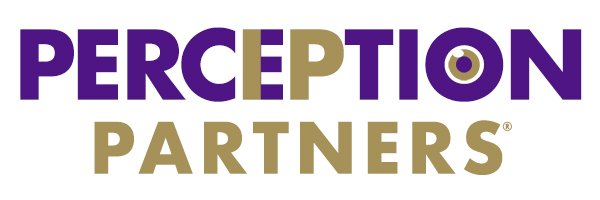Biopolymers Market & IP Landscape
Biopolymers, also referred to as natural polymers, are polymeric substances produced by living organisms such as protein, cellulose, or DNA. Bioplastics are plastic materials produced from renewable biomass sources, such as vegetable fats and oils, sawdust and recycled food waste.
In the context of the growing concern about the negative impacts of environmental pollution from fossil fuels and petrochemical products, biopolymers and bioplastics provide a possible solution to the problem because they are typically biodegradable materials obtained from renewable raw materials. Biopolymers & bioplastics can replace traditional petroleum-based plastics in many applications such as food and beverage packaging, medicine or healthcare, consumer products and automotive industry.
Plastics sustainability is a global challenge and monitoring for disruptive innovation is the key to meeting technical, stakeholder and regulator requirements
Global production and consumption of plastic has increased by over a factor of 20 since the 1960s. Although demand for plastic is forecast to continue rising, less than 20 percent of plastics waste is recycled. The production, use and disposal of plastics also creates significant greenhouse gas emissions throughout the different stages of the plastic value chain. As the environmental consequences of plastic become increasingly apparent, regulation and consumer behaviors have started to change. Recent legislation mandates demand for increased use of recycled content in manufactured products, elimination of single-use plastics, and efforts to make packaging more easily recyclable.
Biopolymers & bioplastics manufacturers and suppliers are proactively investing in and commercializing solutions for bioplastics and other areas related to circularity, sustainability, and environmental improvement.
For example 60% of Honeywell’s research and development (R&D) budget went toward creating sustainability solutions in 2021. Braskem (a market leader and pioneer producer of biopolymers) increased its R&D budget by 50% in 2022-2023, and expanded multiple innovation and technology centers. It has partnered with Topsoe to develop a greener version of mono-ethylene glycol (MEG), a component for producing polyethylene terephthalate (PET) plastic bottles.
Bets on biopolymers & bioplastics innovation are creating new IP & more collaborative business opportunities that should be watched
Coffee pods used in coffee machines are small in their size but not small in their market: global market size grew from $9.92 billion in 2021 to $12.33 billion in 2022 at a CAGR of 24.2%. However, today’s coffee pods can take 500 years to decompose. Around 39,000 capsules are produced every minute globally and up to 29,000 of these end up in a landfill. Bio-innovations will be valuable here.
Recently BASF’s Care Creations division launched a new biopolymer (Verdessence RiceTouch) derived from rice for matifying skin products. The new biopolymer is a natural sensory powder with a small particle size derived from non-GMO rice. It provides biodegradable and biobased solutions that helps reduce the oiliness of personal care formulations, providing a smooth and powdery light skin feel. There may be more areas where this biopolymer can solve sustainability problems.
Makerspaces of biopolymer-based 3D printing are also growing rapidly, which is expected to surpass $63.46 billion by 2026 at a CAGR of ~30%. Recently, Essentium (a worldwide leader in industrial additive manufacturing) partnered with Braskem to create sustainable additive manufacturing at scale. Soon, your next biopolymer solution will be born from a 3D printer.
Objectives of Intellar Biopolymers & Bioplastics IP Landscape Dashboards
Intellar Biopolymers & Bioplastics Landscape Dashboards are designed to visualize who is doing what, when and where - and for how much?
Key concepts: biopolymers, bioplastics, polylactic acid (PLA), polyhydroxyalkanoates (PHA), polysaccharides, protein-based biopolymers, algal and fungal based biopolymers, Bio-based Polyethylene Terephthalate (BioPET), chitin, and silk
Testing procedures and industrial standards (EN 13432, ASTM 6400, ASTM D6002, ASTM D6866, ASTM D5526) to certify: the biologically derived content of biopolymers & bioplastics; compostability (physical and visual breakdown); and biodegradability (conversion of organic carbon into CO2)
Data Coverage for Intellar Biopolymers & Bioplastics IP Landscape Dashboards
More than 20,000 de-duplicated global simple patent families published in (machine translated) English since 2015
Technical literature, scientific, medical and engineering journal abstracts, full text (when available) & images published in English since 2017
News articles, press releases, business research, market forecasts, announcements and magazine content published in English since 2019
Categorization for Intellar Biopolymers & Bioplastics IP Landscape Dashboards
This landscape’s technology taxonomy covers:
Biopolymers & Bioplastics Types
Biopolymers & Bioplastics Raw Materials
Biopolymers & Bioplastics Processing
Biopolymers & Bioplastics Features
Biopolymers & Bioplastics Industrial Uses
Biopolymers & Bioplastics Industrial Standards
Want to develop IP strategies & insights in this landscape?
Insight-ready Intellar® market & IP landscapes



















